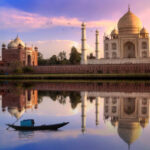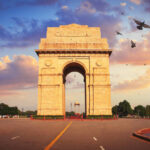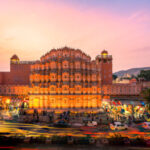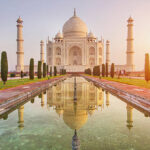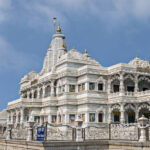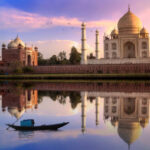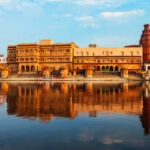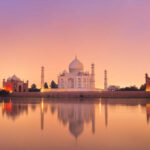moments of your lifetime
Ayodhya Travel Guide 2025
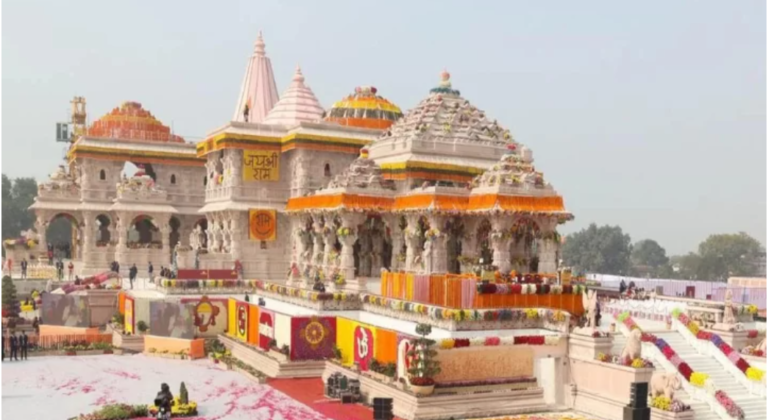
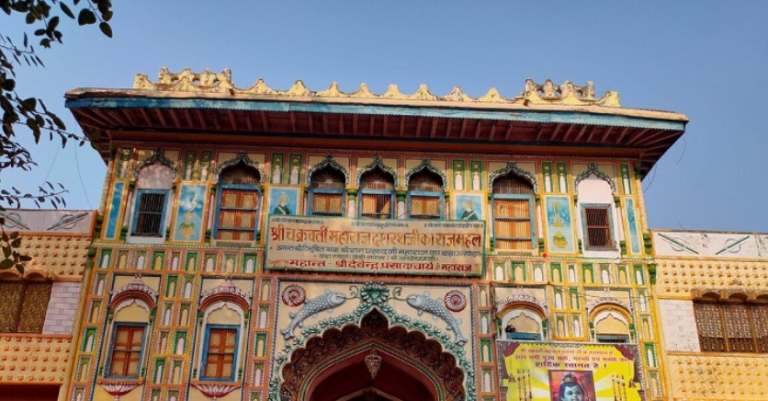
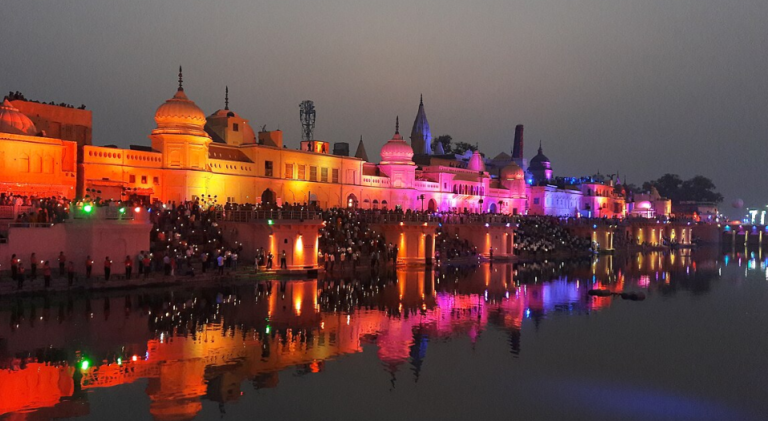
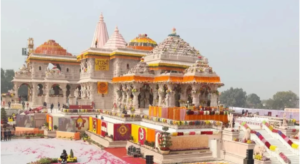
Ayodhya, one of Hinduism’s holiest cities, is revered as the birthplace of Lord Ram. Located on the banks of the Sarayu River, it is a major pilgrimage destination, attracting devotees from around the world. The city is home to sacred sites like Shri Ram Janmabhoomi, Hanuman Garhi, Kanak Bhawan, and Ram Ki Paidi. Festivals such as Ram Navami and Deepotsav are celebrated with grandeur, illuminating the city’s rich spiritual heritage. Ayodhya’s streets are lined with ancient temples, bustling markets, and vibrant cultural traditions. The city also offers delicious local sweets like Peda and Khurchan. With its deep-rooted history, religious significance, and peaceful atmosphere, Ayodhya stands as a timeless symbol of faith and devotion.
Shri Ram Janambhoomi
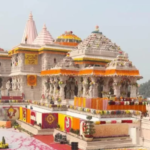
The sacred birthplace of Lord Ram, now home to the grand Ram Temple, attracting millions of devotees
Hanuman Garhi
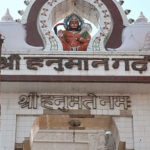
A revered temple dedicated to Lord Hanuman, offering panoramic city views and blessings for protection and strength
Kanak Bhawan
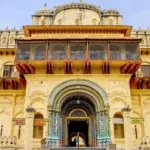
A beautiful temple gifted to Goddess Sita, adorned with golden idols of Lord Ram and Sita.
Dashrath Mahal
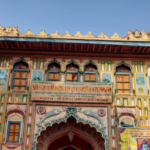
Dashrath Mahal – The royal palace of King Dasharath, father of Lord Ram, known for its grand architecture, spiritual significance, and vibrant celebrations.
Ram Ki Pedi
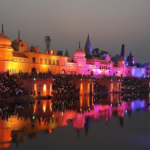
A series of ghats on the Sarayu River where devotees take holy dips and perform religious rituals
Lata Mangeshkar Chowk

A tribute to the legendary singer, featuring a grand Veena sculpture, symbolizing her contribution to Indian music and culture.
Peda

A popular sweet made from khoya, sugar, and cardamom, offered as prasad.
Khurchan
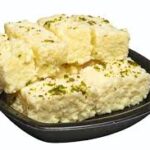
A delicious milk-based sweet with a rich, creamy texture and caramelized layers
Malpua
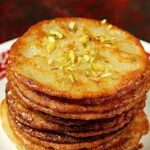
Deep-fried, sweet pancakes made from flour, milk, and sugar, often served with rabri.
Aloo Puri
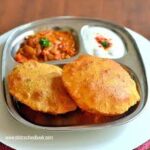
Fluffy puris served with spicy potato curry, a favorite local breakfast dish
Chenna Jalebi

Juicy, deep-fried spirals made from chhena (cottage cheese), soaked in sugar syrup.
Products for Shopping in Ayodhya
- Ramayana Souvenirs – Idols, paintings, and artifacts depicting Lord Ram and Ramayana scenes.
- Brass & Copper Items – Diyas, bells, kalash, and idols for religious rituals.
- Tulsi Mala & Beads – Sacred necklaces used for chanting and devotion.
- Khadi Clothes – Handwoven cotton and woolen traditional garments.
- Traditional Sweets – Famous Peda and Khurchan, ideal for prasad and gifting.
Markets for Shopping in Ayodhya
- Ramkot Market – Famous for religious souvenirs, idols, and puja essentials.
- Naya Ghat Market – Offers brassware, wooden handicrafts, and local sweets.
- Rikabganj Market – Known for Khadi clothes, Ayurvedic products, and jute items.
- Chowk Area Market – Famous for Peda, Khurchan, and delicious street food.
- Tedhi Bazar – Budget-friendly market for souvenirs, daily essentials, and handicrafts.
By Air
Maharishi Valmiki International Airport, Ayodhya enhances connectivity with modern infrastructure, direct flights to major cities,
By Train
Ayodhya is accessible by train via Ayodhya Junction and Ayodhya Cantt, with regular trains from Delhi, Mumbai, Kolkata, and Lucknow,
By Bus
Ayodhya has a well-connected Junction Bus Stand, providing regula buses to cities like Lucknow, Varanasi, Prayagraj, Delhi, and Gorakhpur.
Local Transport
- Local Taxi & Auto easily available for local ride with reasonable price.
- Ola ,Uber & Rapido easily available for local rides.
Nearby Places
Below are the places which you may consider to combine along with your Ayodhya visit
- Lucknow (130 km) – Capital of Uttar Pradesh, known for historical monuments, Nawabi culture, and cuisine. Attractions: Bara Imambara, Rumi Darwaza, and Hazratganj.
- Maa Belha Devi Temple (135 km) – A revered Shakti Peeth in Pratapgarh, dedicated to Goddess Belha Devi, attracting many devotees.
Safety
Top 5 Safety Tips for Ayodhya
- Follow Security Checks – Cooperate with officials at temples and crowded places for a smooth experience.
- Avoid Large Crowds – Be cautious during peak hours, especially during festivals and religious events.
- Keep Valuables Safe – Beware of pickpockets in busy markets and near tourist spots.
- Respect Local Sentiments – Dress modestly and follow religious site rules to avoid any issues.
- Use Trusted Transport – Prefer government-authorized taxis, rickshaws, and buses for safe travel.
Language & Culture
Ayodhya, a sacred Hindu city, is deeply connected to Lord Ram and the Ramayana. Predominantly Hindi-speaking, it celebrates grand festivals like Ram Navami and Diwali. Known for temples, rituals, and vegetarian cuisine, it remains a revered pilgrimage destination.
Best Time to Visit
The best time to visit Ayodhya is from October to March, when the weather is cool and comfortable for sightseeing and temple visits. This period also includes major festivals like Ram Navami and Diwali, offering a vibrant spiritual experience. While monsoon (July–September) brings lush greenery, occasional rains may cause inconvenience. Summers (April–June) are extremely hot, making travel less ideal. For the best cultural and religious experience, plan your visit during winter or festive seasons.
